Mastering the Art of Ordering Chinese Food in the U.S.
For many of us, Chinese food is a staple, especially when cravings hit late at night or when we're looking for a quick and satisfying meal. But let’s face it: navigating the Chinese food menu at restaurants or when ordering takeout in the U.S. can be confusing. Whether you’re a seasoned fan of Chinese cuisine or a first-timer, there are several things you should know to enhance your experience. In this guide, I’ll share everything I’ve learned about ordering Chinese food in the U.S. and how to make the most of every meal.
1. Understanding Chinese Food in the U.S.
When it comes to Chinese food in America, it's important to know that it’s not always a true representation of authentic Chinese cuisine. Americanized Chinese food has evolved to cater to local tastes, blending traditional dishes with ingredients and cooking methods that may not be found in China. For example, General Tso’s Chicken, one of the most popular dishes in Chinese-American restaurants, isn't a traditional dish from China—it was invented in the U.S.!
This doesn’t mean that Chinese-American food is bad, though. In fact, many of these dishes are absolutely delicious, and understanding the roots of these dishes can help you appreciate them even more. From sweet and sour chicken to egg rolls, there's a lot to love, but if you're seeking a more authentic experience, it’s important to look for specific dishes that are closer to what you’d find in China.
2. Key Terms and Ingredients You Should Know
One of the first challenges when ordering Chinese food is understanding the terms used on the menu. You might see unfamiliar words or ingredients and wonder what they are. Here’s a quick breakdown of some common Chinese food terms that will help you navigate the menu:
- Wok: The traditional Chinese cooking pan used for stir-frying, deep-frying, and steaming.
- Dim Sum: Small, bite-sized portions of food typically served in steamer baskets. Think of it as Chinese tapas.
- Jiaozi: Dumplings, often filled with pork, beef, or vegetables.
- Chow Mein: Stir-fried noodles that are usually paired with vegetables, meat, or seafood.
- Kung Pao: A stir-fried dish made with chicken, peanuts, vegetables, and chili peppers.
- Mapo Tofu: A spicy dish made with tofu and minced meat in a flavorful, spicy sauce.
Familiarizing yourself with these terms will help you better understand the menu and avoid surprises when your food arrives!
3. What to Order: The Best Chinese Dishes
If you’re new to Chinese food or want to try something different, it can be tough to know where to start. Luckily, I’ve compiled a list of my go-to dishes that I always recommend to friends and family:
- Kung Pao Chicken: A flavorful stir-fry with chicken, peanuts, and vegetables in a savory sauce. It's spicy, sweet, and crunchy—perfect for those who love a bit of heat.
- Beef and Broccoli: This is a classic dish that’s simple yet delicious. Tender beef and crunchy broccoli in a savory brown sauce.
- Sweet and Sour Chicken: A well-known favorite that’s crispy on the outside and coated with a tangy, sweet sauce. This one is especially popular with kids.
- Egg Rolls: A great appetizer, these crispy fried rolls are typically filled with pork or vegetables.
- Dim Sum: For a more traditional experience, try dim sum. These bite-sized pieces of food range from dumplings to buns and are perfect for sharing.
- Hot and Sour Soup: A warm, spicy, and tangy soup that’s perfect for starting a meal. It’s flavorful and comforting.
These dishes are just the beginning. Depending on the restaurant, you’ll find many more options, ranging from noodle dishes like Lo Mein to vegetarian-friendly options like stir-fried tofu.
4. How to Customize Your Order
One of the best things about Chinese food is how customizable it is. Don’t be afraid to ask for modifications to your order! Here are some common adjustments that you can request:
- Less Spice: If you can’t handle too much heat, simply ask for your dish to be prepared with less chili. Most Chinese restaurants will happily adjust the spice level.
- No MSG: Some Chinese restaurants use MSG to enhance flavor, but if you prefer your food without it, you can request that it be omitted.
- Extra Sauce: If you love sauce, don’t hesitate to ask for extra on the side. This works great for dishes like Kung Pao Chicken and Sweet and Sour Chicken.
- Vegetarian Options: Many Chinese restaurants offer vegetarian dishes or can easily modify a dish to make it vegetarian-friendly. Just ask!
Customizing your order ensures that you get the meal that suits your taste, making your dining experience more enjoyable!
5. What to Expect When Ordering Takeout
Ordering Chinese food for takeout is one of the best ways to enjoy it at home. However, there are a few things you should keep in mind:
- Portion Sizes: Chinese takeout portions are often large, so don’t be surprised if you have leftovers. It’s always a good idea to order with the intent of having some for the next day!
- Rice or Noodles: Most dishes come with rice or noodles, but you might want to specify if you have a preference. Fried rice is a great addition to many meals!
- Delivery Time: If you’re ordering delivery, be aware that it might take a little longer during busy times, like weekends or holidays. Be patient and enjoy the anticipation!
Chinese food is perfect for takeout because it travels well and stays delicious even after a short wait. Plus, nothing beats enjoying a piping-hot meal from your favorite restaurant while watching your favorite show!
6. Tips for Making the Most of Your Chinese Dining Experience
Finally, here are a few tips to make your Chinese food experience even better:
- Share the Meal: Chinese food is often best enjoyed family-style. Share a variety of dishes with friends or family so you can try multiple flavors.
- Pair with Tea: Green tea or jasmine tea is the perfect drink to accompany Chinese food. It complements the flavors without overpowering the dish.
- Go Beyond the Typical Dishes: Don’t limit yourself to just the common favorites. If you’re at a restaurant with an extensive menu, try something new and adventurous. You might discover a new favorite!
By keeping these tips in mind, you can elevate your next Chinese food experience and enjoy a meal that’s truly memorable.
With these tips and insights, you’re now ready to conquer the world of Chinese food in the U.S.! Whether you're ordering takeout or dining at a restaurant, there’s a whole world of flavors waiting for you to explore. So go ahead—take the plunge and enjoy a delicious Chinese meal tonight!


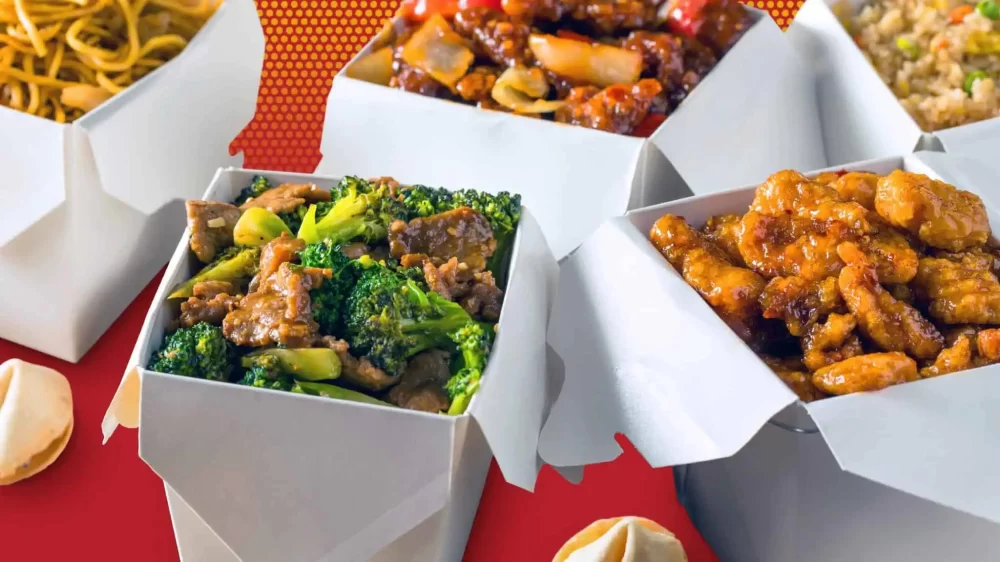
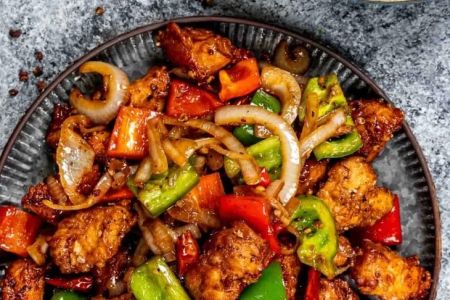
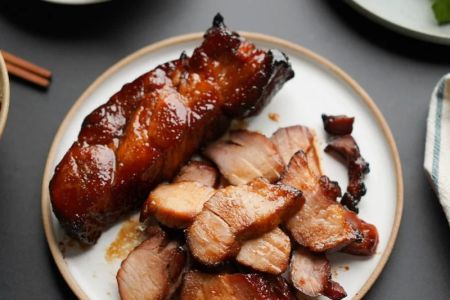
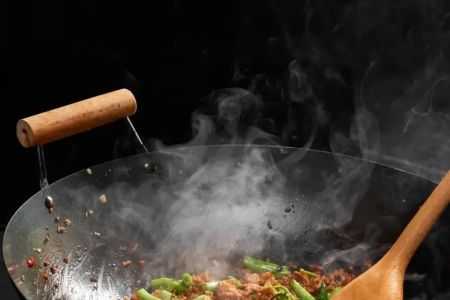
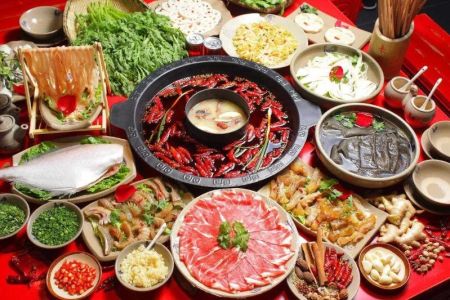
![Top Chinese Restaurants for Authentic Cantonese Cuisine in [Your City]](https://img.gochinarose.com/d33/2507/4157910400_450x300.webp)
